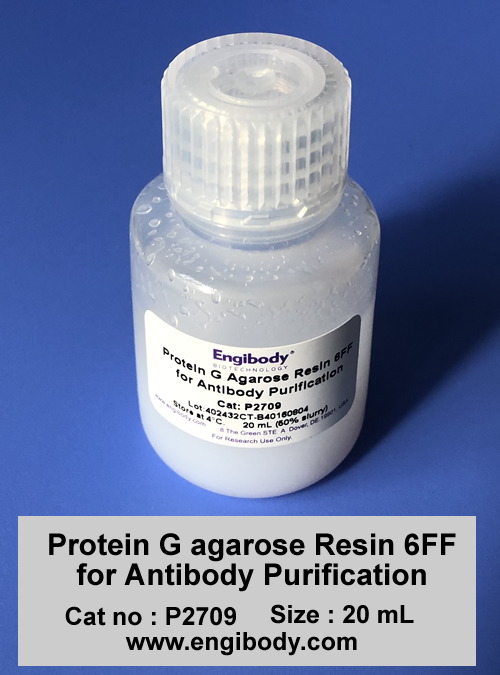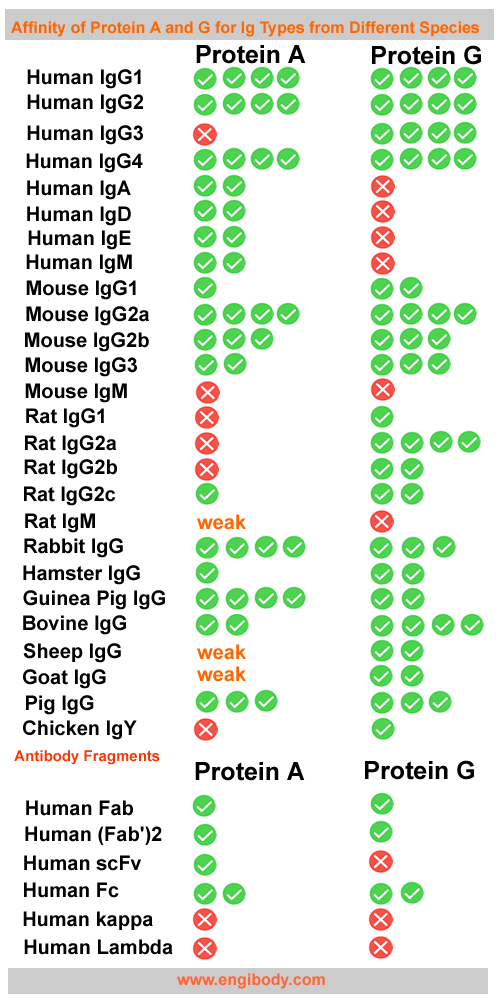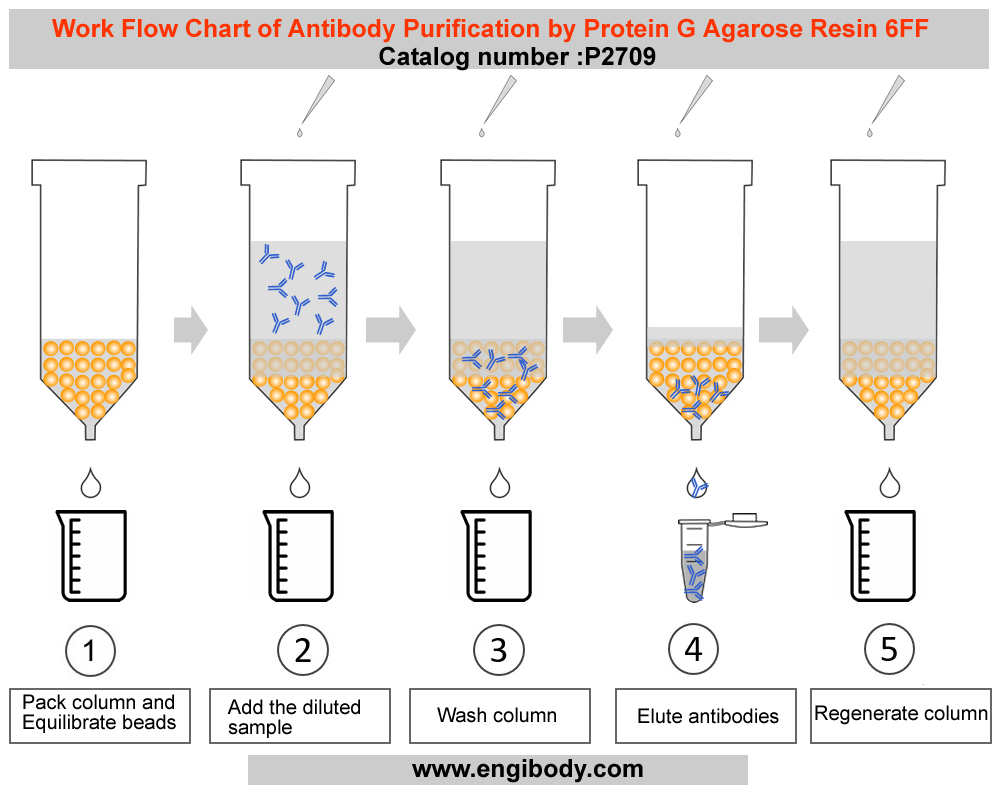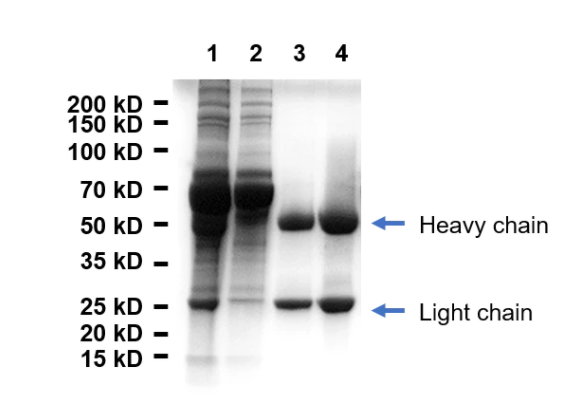Protein G Agarose Resin 6FF is a high-performance affinity resin for antibody purification that is available as bottled agarose beads, pre-packed columns, and complete IgG purification kits.
Protein G Agarose Resin 6FF consists of purified recombinant Protein G that has been covalently immobilized at high density onto high-quality crosslinked 6% beaded agarose. Among the many available varieties of immobilized Protein G affinity resins, this one provides the most versatile combination of chromatographic features for high yield and high purity purification of whole IgG from mammalian serum samples. The agarose beads have physical and chemical properties suitable for many affinity purification systems. Accordingly, Protein G Agarose Resin 6FF is offered in several convenient package formats, including bottled resin slurries, three sizes of spin columns, complete purification kits, two sizes of FPLC-ready chromatography cartridges.
Protein G is a bacterial cell wall protein isolated from group G Streptococci. DNA sequencing of native Protein G identifies two IgG-binding domains and sites for albumin and cell surface binding. The albumin and cell surface binding domains have been eliminated from Recombinant Protein G to reduce nonspecific binding and, therefore, can be used to separate IgG from crude samples. Optimal binding occurs at pH 5, although binding is also effective at pH 7.0 to 7.2.
Features of Recombinant Protein G:
• Contains two Fc-binding domains per protein
• Better than Protein A for mouse (including IgG1), human (including IgG3) and rat, goat and cow antibodies
• Poorer than Protein A for guinea pig, pig, dog and cat
• Does not bind human IgM, IgD or IgA




